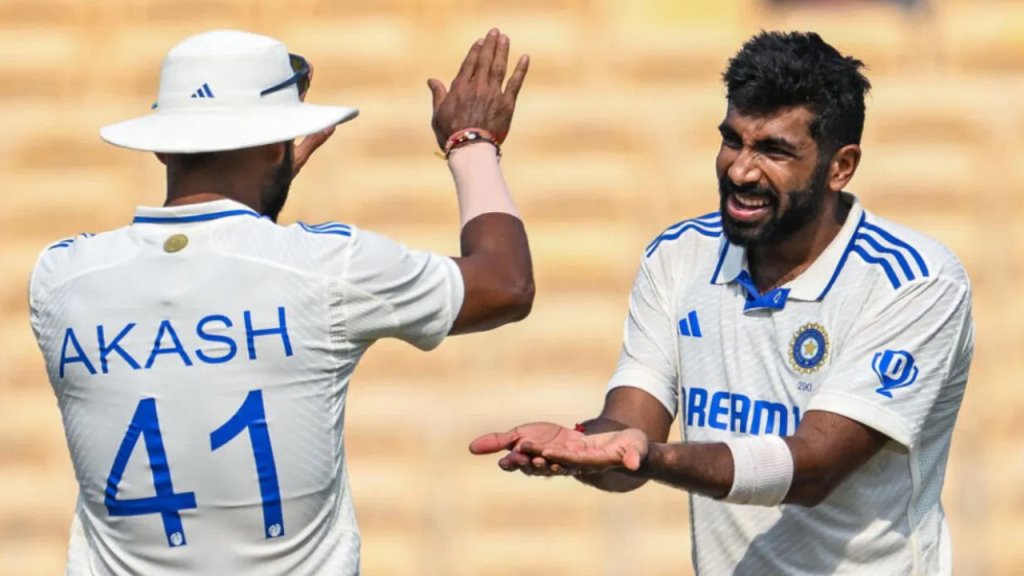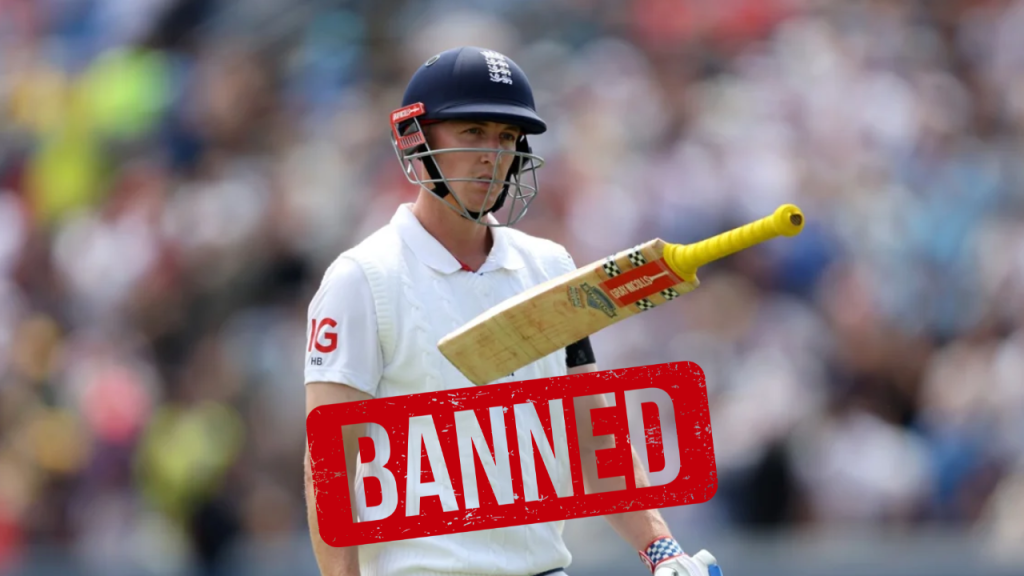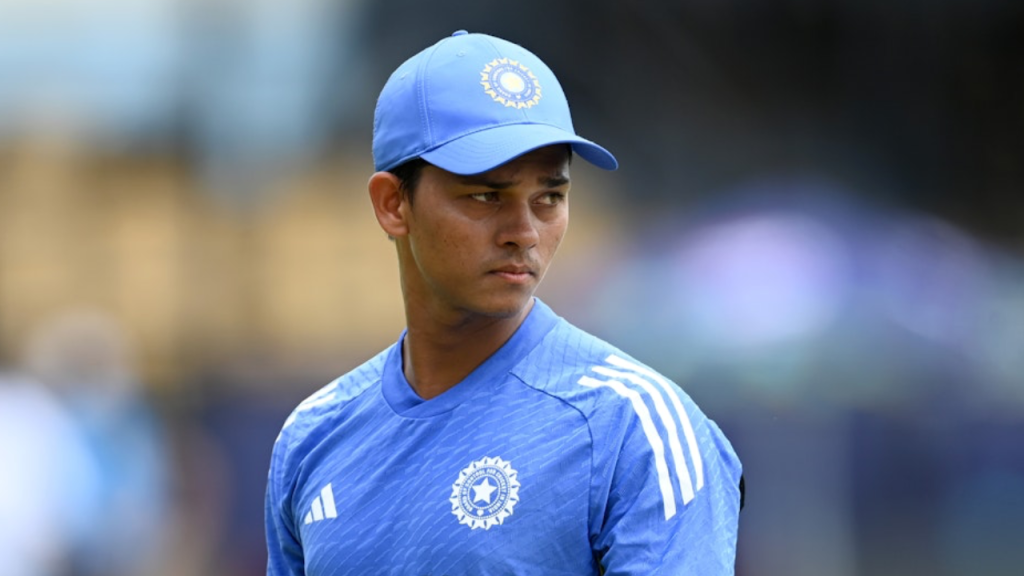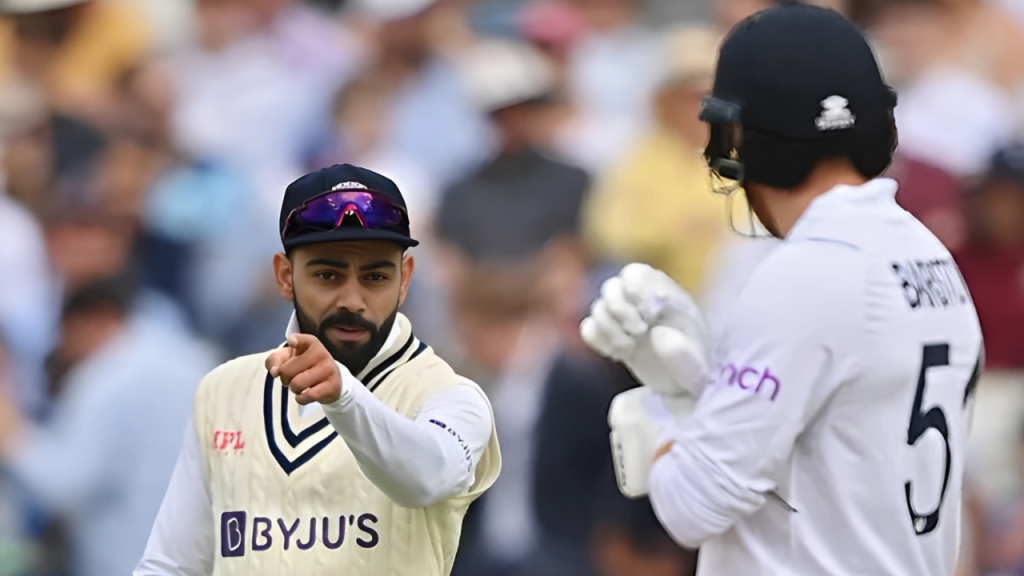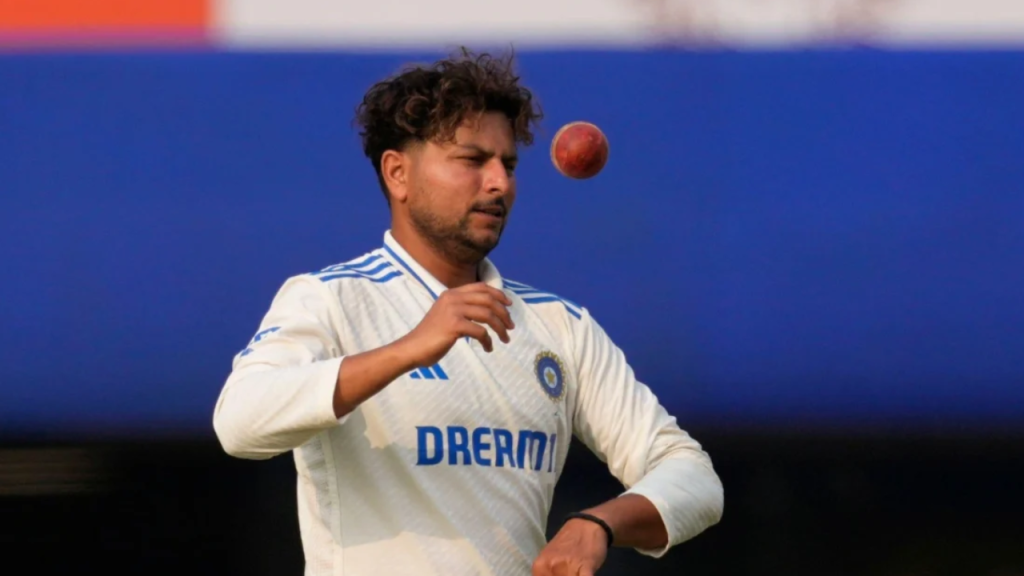In Test cricket, where patience, skill, and mental fortitude are tested over five days, few names resonate as powerfully as Steve Smith and Joe Root. Both players have not only carried the weight of their respective nations’ expectations but have also set benchmarks for what modern Test batting can achieve. As cricket enthusiasts gear up for the upcoming matches, with England facing New Zealand and Australia clashing with India, it’s an opportune moment to dissect the records of these two stalwarts and see who stands taller in the annals of Test cricket.
Joe Root:

Joe Root, the Yorkshireman who has become synonymous with English cricket, has had a prolific career. With 150 Test matches under his belt, Root has amassed 12,777 runs at an average of 50.90. His highest score of 262 showcases his ability to dominate innings, while his 35 centuries and 64 half-centuries illustrate consistency at the highest level. Root’s strike rate of 57.23 in Tests highlights his ability to score quickly, making him a vital cog in England’s batting lineup. His technical prowess, especially against spin, has often been the difference in matches, particularly on turning tracks abroad.
Steve Smith:
Steve Smith, on the other hand, has been nothing short of a phenomenon. In 110 Tests, Smith has scored 9,702 runs at an average of 56.40, which is slightly higher than Root’s. His highest score of 239 and a strike rate of 53.42 indicate his methodical approach, where he grinds down bowlers with his unorthodox technique and incredible hand-eye coordination. Smith’s 32 centuries and 41 half-centuries might be fewer in number compared to Root, but his average tells a story of fewer failures and more substantial contributions. His ability to adapt and survive against the world’s best bowlers, often under intense pressure, makes him one of the most challenging batsmen to dismiss.
Comparing the Giants –
Average: Steve Smith’s average of 56.40 edges out Joe Root’s 50.90, suggesting Smith’s innings are generally more impactful in terms of runs per dismissal.
Centuries and Half-centuries: Joe Root has more centuries and half-centuries, indicating a higher frequency of significant scores, which is crucial in Test cricket where big innings can define matches.
Strike Rate: Joe Root’s slightly higher strike rate shows his ability to accelerate when needed, which can be vital in the context of a match, especially in the fourth innings or when chasing.
Consistency: Both players have shown remarkable consistency, but Smith’s fewer matches yet higher average might suggest he’s been more consistent in converting starts into big scores.
Adaptability: Both have played in various conditions, but Smith’s record in Australia, England, and even in subcontinental conditions, where he has faced some of his toughest challenges, stands out.
As we approach the matches where both these players will be in action, the debate on who has the better record might not have a definitive answer. Both Smith and Root have their unique strengths. While Smith might have a higher average, suggesting he’s been slightly more impactful per innings, Root’s higher number of centuries and his ability to score quickly give him an edge in different scenarios.
Ultimately, their records are a testament to their skill, dedication, and the ability to perform under pressure. Whether it’s Root facing New Zealand or Smith in the Border-Gavaskar Trophy, fans can look forward to witnessing two of the finest Test batsmen of this era in action, each adding to their already illustrious careers. The beauty of cricket lies in these comparisons, where statistics tell a story, but the real magic happens on the pitch, where every innings can rewrite history.
